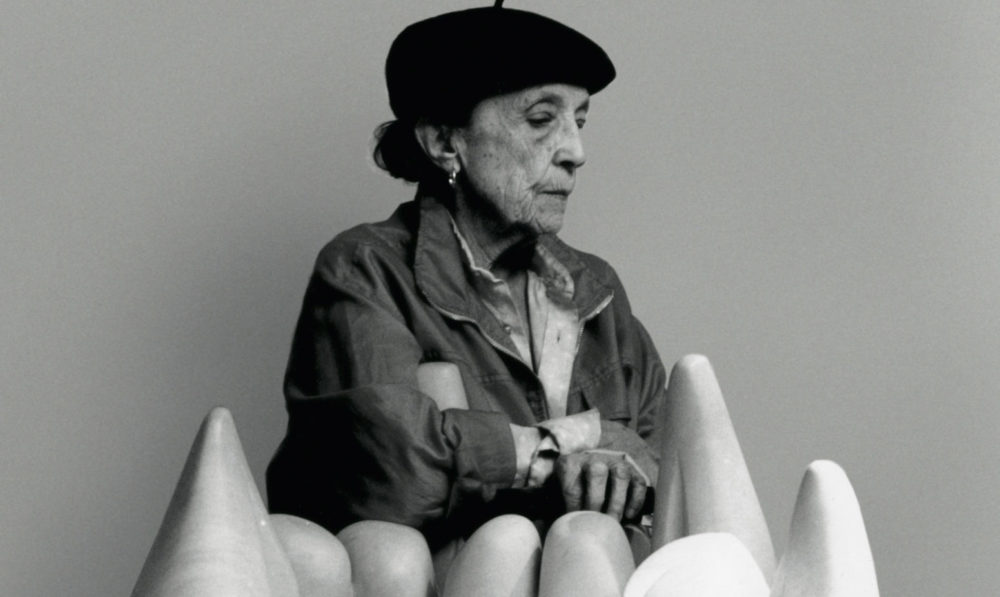Ear to the Ground (Yere Kulak Ver), 1982
4 dak. 25 s., renkli, sesli
New York, Electronic Arts Intermix (EAI) izniyle
John Sanborn video sanatının öncülerinden biridir. Ear to the Ground’da performans sanatçısı David Van Tieghem, Manhattan’ı bir müzik enstrümanı gibi kullanır, kaldırım, binalar ve telefon kulübelerinin yüzeylerine vurarak yaratıcı perküsyon sesleri çıkarır. Bu performans çeşitli ticari müzik videolarında defalarca taklit edilmiştir.

Pera Museum, in collaboration with Istanbul Foundation for Culture and Arts (İKSV), is one of the main venues for this year’s 15th Istanbul Biennial from 16 September to 12 November 2017. Through the biennial, we will be sharing detailed information about the artists and the artworks.
Tuesday - Saturday 10:00 - 19:00
Friday 10:00 - 22:00
Sunday 12:00 - 18:00
The museum is closed on Mondays.
On Wednesdays, the students can
visit the museum free of admission.
Full ticket: 300 TL
Discounted: 150 TL
Groups: 200 TL (minimum 10 people)